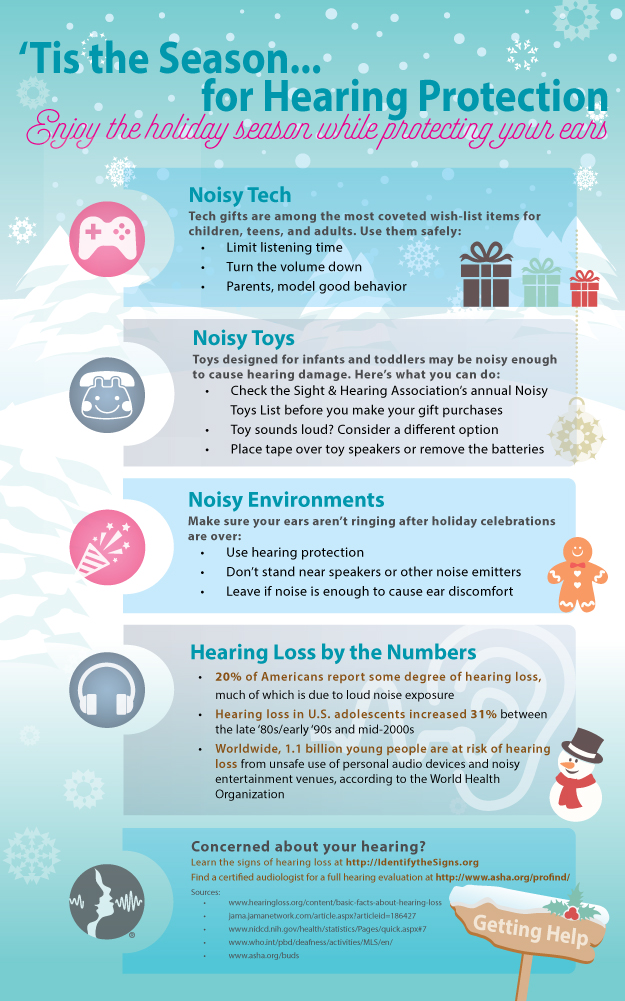Enhancing Discovering: Addressing Auditory Handling Issues In Dyslexia
Enhancing Discovering: Addressing Auditory Handling Issues In Dyslexia
Blog Article
learning disability online test Created By-Hu Hove
When you think about the challenges that dyslexic students deal with, it's clear that auditory processing problems frequently play a significant function. You might ask yourself how customized approaches can bridge the gap between auditory guidelines and comprehension. By incorporating visual help and damaging jobs into manageable steps, you can improve emphasis and understanding. However, the remedies do not stop there. What other techniques can develop a genuinely supportive knowing environment that promotes success and confidence?
Understanding Dyslexia and Auditory Processing
Dyslexia affects roughly 1 in 5 people, making it among one of the most common learning impairment. If you're navigating dyslexia, you may find that it doesn't simply impact analysis and writing; it can also impact how you process acoustic information.
Acoustic processing describes exactly how your brain analyzes noises, consisting of language. When you deal with this, it can cause challenges in recognizing talked guidelines and adhering to conversations.
autism education programs may notice that you usually misinterpret what you listen to or that it takes much longer for you to react in conversations. This isn't a representation of your knowledge; it's a specific problem pertaining to processing acoustic signals.
Comprehending this connection is vital due to the fact that it helps clarify why you may master aesthetic jobs while facing hurdles in jobs that rely upon auditory understanding.
Recognizing these challenges can equip you. By comprehending the details of dyslexia and auditory handling, you can much better promote for your requirements, whether in educational settings or social circumstances.
It's important to recognize these concerns so you can look for the appropriate support and approaches in the future.
Efficient Methods for Support
Browsing the obstacles of acoustic processing can really feel frustrating, but there are effective approaches that can aid you prosper.
By carrying out these strategies, you can boost your understanding experience and improve your ability to process acoustic information.
- ** Make use of visual help **: Matching acoustic instructions with aesthetic assistances, like charts or representations, can substantially boost understanding.
- ** Damage tasks into smaller actions **: Simplifying instructions into workable chunks permits you to concentrate and refine details better.
- ** Exercise energetic listening **: Take part in workouts that urge you to listen attentively, such as summarizing what you've heard or asking questions for explanation.
- ** Incorporate technology **: Make use of apps or software program created to aid with auditory handling, such as speech-to-text devices or audiobooks, to reinforce learning.
Creating Helpful Learning Environments
Developing a helpful understanding atmosphere is essential for helping people with acoustic handling obstacles are successful. Beginning by minimizing diversions in your classroom or discovering space. Usage acoustic panels or soft home furnishings to soak up noise, which can assist trainees concentrate better. Make sure seating plans permit clear sightlines to the educator and any type of visual help.
Next off, include clear and concise communication. Speak slowly and use basic language, looking for comprehending regularly. Encourage pupils to ask inquiries if they're unsure. visit the up coming website like graphes, representations, and created instructions can enhance understanding and retention.
Additionally, foster a culture of patience and understanding amongst peers. Show students about auditory handling issues, promoting empathy and assistance. tutoring for children with learning disabilities can be valuable; just guarantee that roles are clear and that students interact to sustain each other.
Finally, offer regular comments. Commemorate progression and achievements, no matter how little. This inspiration constructs confidence and strengthens the idea that learning is a trip.
Conclusion
In your trip to boost discovering for people with dyslexia, think about each method as a stepping rock across a river. By weaving with each other acoustic and aesthetic help, breaking tasks right into bite-sized pieces, and supporting an encouraging atmosphere, you help produce a bridge to understanding. Keep in mind, cultivating compassion among peers and interesting households can light the course to success. With patience and devotion, you'll empower learners to overlook obstacles, changing their battles right into toughness.
